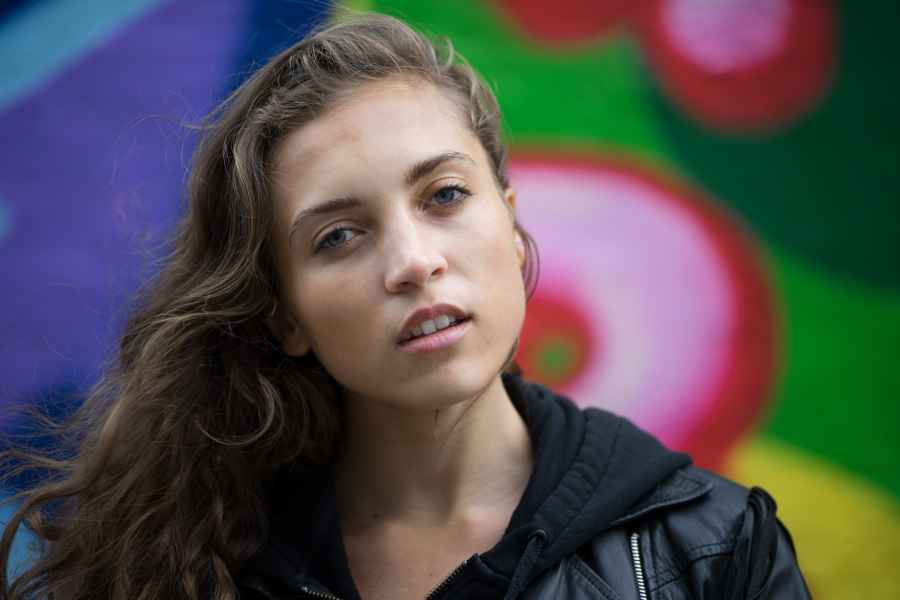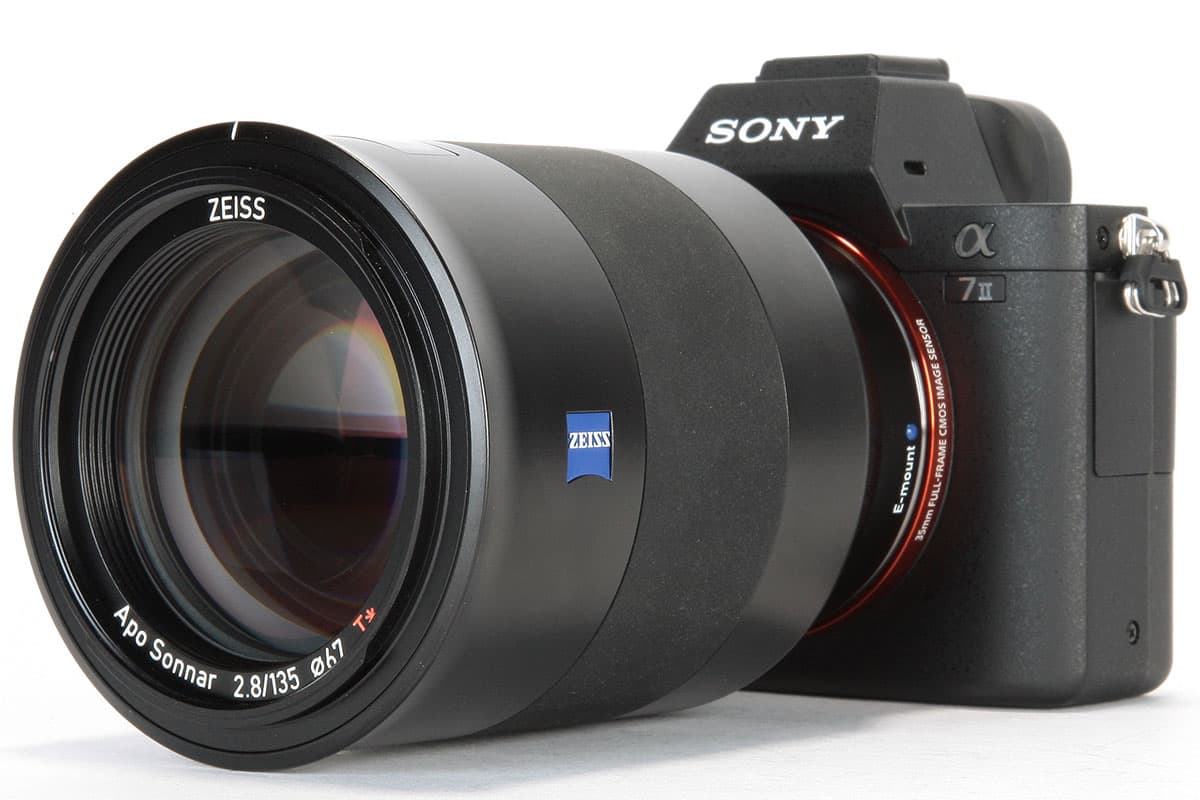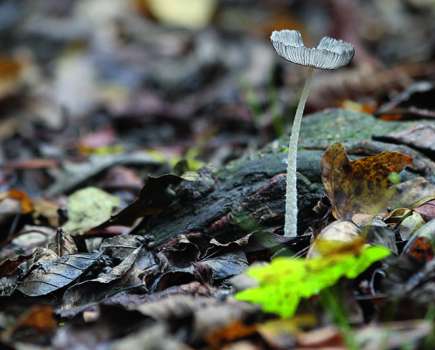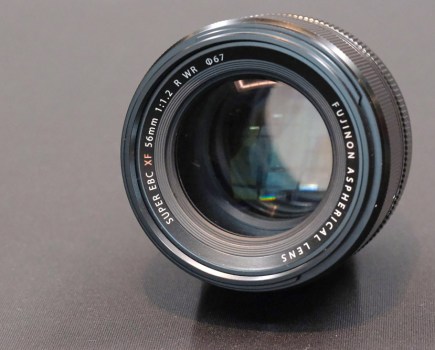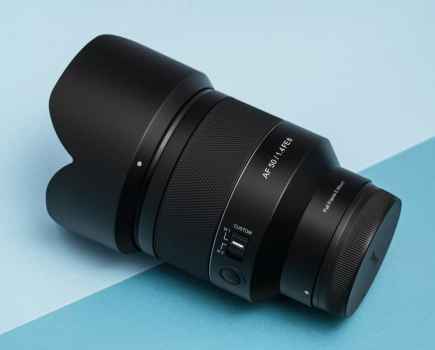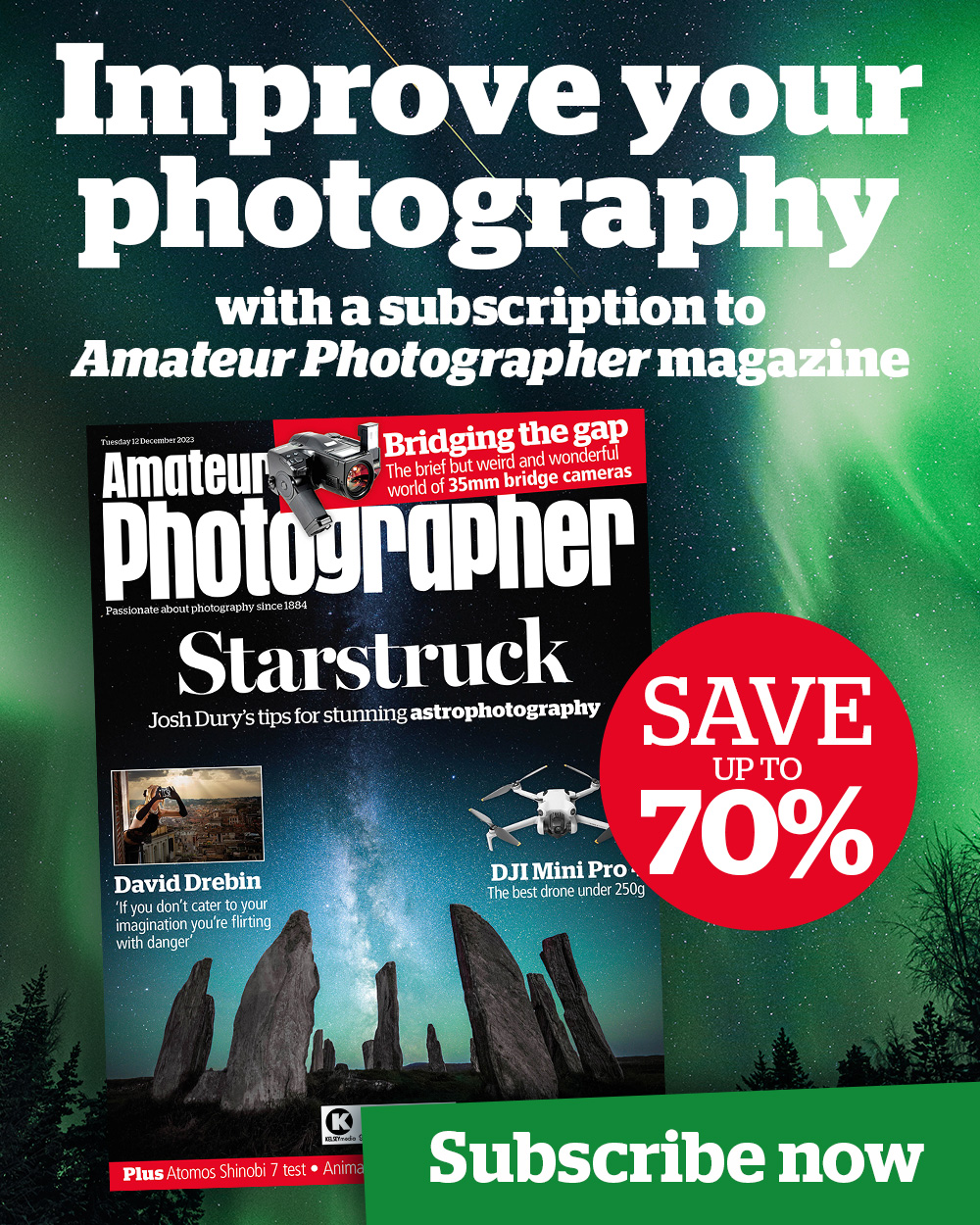The Zeiss Batis 135mm f/2.8 is an image stabilised short telephoto prime designed for Sony’s Alpha 7 range of full-frame mirrorless cameras. In our full review we were very impressed by its image quality; not just its biting edge-to-edge sharpness. We were also impressed by its practically complete lack of chromatic aberration, and impressive resistance to flare.
Quality optics
Here we present a series of full-resolution sample images shot on the 24MP Sony Alpha 7 II. We’re fully aware that with a lens this sharp (and, at £1750, expensive!) the 42.4MP Sony Alpha 7R II would have perhaps been a better match. But sometimes in an imperfect world we’re simply limited by the cameras we have to hand at the time. Besides, not everyone who will love this lens is going to own the A7R II.
This gallery contains a range of scenes and subjects that we feel the Zeiss Bats 135mm f/2.8 is best suited to, such as portraits, still life and street scenes. The flawless separation between the subject and the surrounding scene is one of this lens’ most attractive features. This gallery illustrates that feature and some of the other points regarding image quality made in our review, including a set of aperture series illustrating sharpness and bokeh. We also have hand-held slow shutter-speed shots illustrating the system’s image stabilisation and test shots which we’d expect to reveal any chromatic aberration the lens might exhibit (which turns out to be practically none).
For any image sample you can click the included link to download and view the full-size file. We’ve used a mixture of JPEGs from the camera with no additional adjustments, and processed raws (denoted by an -acr suffix). These files are for personal use only to assess the image quality of the Zeiss Batis 135mm f/2.8, and may not be used for any other purpose.

